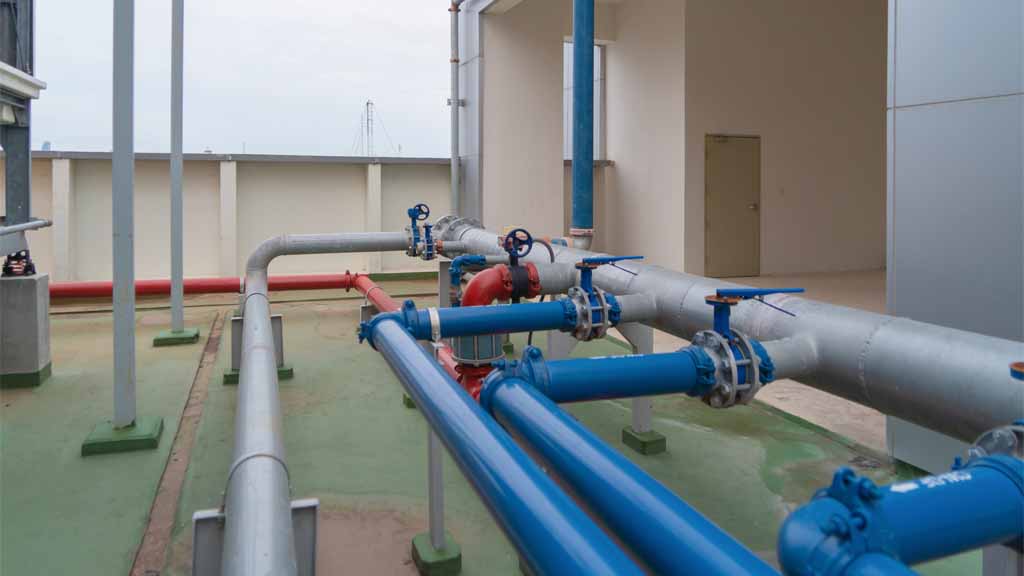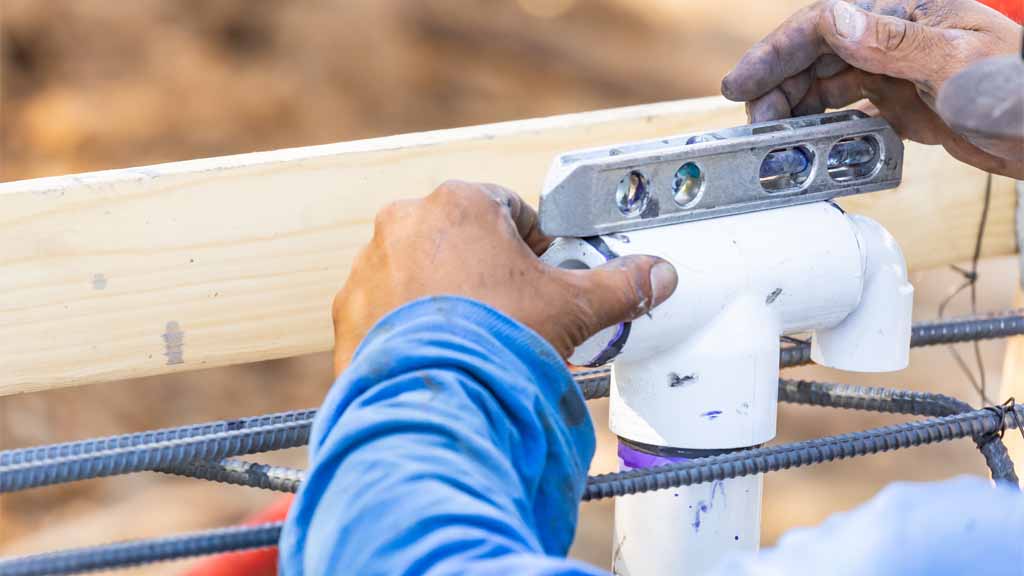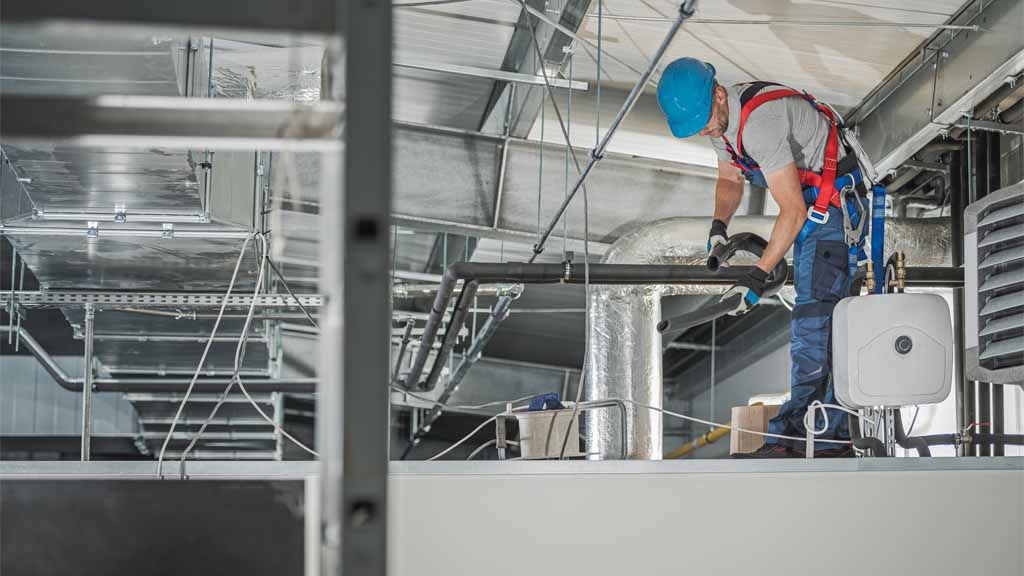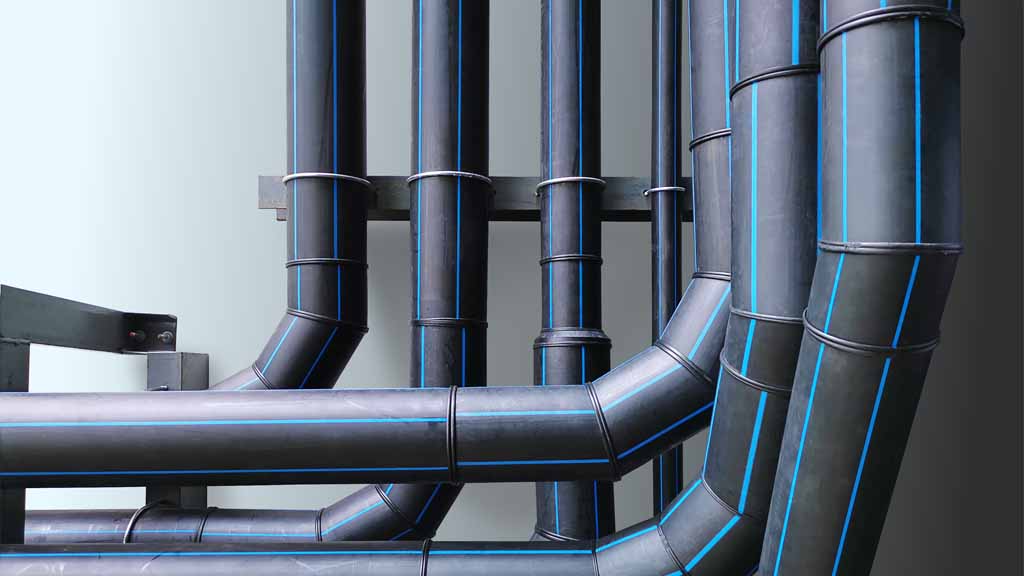What is a wet vent in plumbing?Plumbing is a complex system, and it can be challenging to know where to start when you need help. One of the essential parts of plumbing is venting. Venting allows air and moisture to get out of the drain pipes so that they don’t back up into your home or business.
A wet vent is different from a dry vent. This will explain these things, why they’re essential, and how to ensure that your vents are correctly installed if you’re unsure how they work.
Defining A Wet Vent
What is a wet vent in plumbing? A wet vent is a pipe installed to carry sewage or other fluids. This pipe is similar to other vents in that it is used to release air. The pipe is also identical to other lines because it passes gasses.
However, the wet vent differs from these pipes because it includes the waste and water that flow from other fixtures in your homes, such as toilets and sinks.
The purpose of a wet vent is to allow water, gas, and waste products to leave your home without damaging any part of your plumbing system by keeping them separate from one another.

Are Your Drains Slow or Clogged?
Get a Drain Cleaning Today and Say Goodbye to Your Plumbing Woes! Get In Touch With Us And Experience Quality Service At Its Best!
At the same time, they travel through their respective pipes until they reach their final destination outside your house. This system helps to prevent plumbing leaks and sewer gas from entering your home.
The wet vent is a pipe that carries water, gas, and waste away from your home. It is connected to your drain pipes and vents them outside your property. The purpose of this system is to keep sewer gasses from entering your home through the plumbing system.

What Is The Purpose And Use Of A Wet Vent?
A wet vent is a plumbing feature that allows you to connect a bathroom or basement shower to your main drain. What is a wet vent in plumbing? A wet vent is not the same as an exhaust fan, designed to suck the air out of your home.
Instead, a damp vent prevents mold and mildew from developing in the dry areas above it by drawing water away from them while still allowing fresh air into them. On the other hand, a dry vent allows you to direct moisture outside of your home using an exhaust fan such as one found inside a kitchen or bathroom cabinet.
These fans are typically vented through an exterior wall rather than into another room because they can be noisy during operation if placed too close together within one structure.”
The wet vent is installed in your home to prevent these substances from mixing. This will help keep water from backing up into the pipes, which could cause dry flooding. The vent is a plumbing feature that allows you to connect a bathroom or basement shower to your main drain.

Are Your Drains Slow or Clogged?
Get a Drain Cleaning Today and Say Goodbye to Your Plumbing Woes! Get In Touch With Us And Experience Quality Service At Its Best!
What is a wet vent in plumbing? A wet vent is not the same as an exhaust fan, designed to suck the air out of your home. Instead, a damp vent prevents mold and mildew from developing in the dry areas above it by drawing water away from them while still allowing fresh air into them. A dry vent will enable you to direct moisture outside of your home.
What Is A Wet Vent In Plumbing?
A wet vent is a pipe that enables water to drain from the supply side of a fixture to the drainage system.
A wet vent has two ends: one that connects to a fixture on one end and another end where it can be connected to a trap at the other end.
This pipe may connect directly with an interior or exterior drain field if no traps exist.

As you can imagine, quality plumbing supply makes it essential when building any plumbing projects in your home or office space.
What is a wet vent in plumbing? A wet vent is a pipe that enables water to drain from the supply side of a fixture to the drainage system. A damp vent may connect directly with an interior or exterior drain field if no traps exist.
What is a wet vent in plumbing? Wet vents are also better for the environment because they don’t release harmful gasses into the atmosphere. Suitable for use in a wide range of applications, including kitchens and bathrooms as well as laundry rooms and garages you can imagine, this makes it essential for you to use when building any plumbing projects in your home or office space.
A wet vent is a pipe that enables water to drain from the supply side of a fixture to the drainage system. A damp vent may connect directly with an interior or exterior drain field if no traps exist. As you can imagine, this makes it essential when building any plumbing projects in your home or office space.
The Benefits Of Using A Wet Vent
- Less expensive than dry venting.
- Less complicated than dry venting.
- No need for special tools. It’s easier to install and maintain and repair if anything goes wrong (which happens a lot less often with wet vents).
- Wet vents are also safer than dry vents because they prevent fires from occurring when you have a clog in your drain line or another issue that blocks the system completely. This is because there’s no place for the gasses produced by combustion to escape through a pipe that doesn’t have any water flowing through it at all times.
Wet vents are also more cost-effective because they don’t require extra equipment or tools. You’ll also save money by paying for repairs less often.

Wet vents are more expensive because they require an additional pipe from your main drain line to the vent stack. This can be as simple as a short section of PVC pipe that connects the two, or it could be a long pipe made from copper or galvanized steel.
Listing The Potential Drawbacks Of Using A Wet Vent
Now that we’ve looked at the benefits of using a wet vent let’s look at some potential drawbacks.
- The first drawback is that it can be hard to clean. If you don’t get all the debris out from around the vents, moisture will continue to build up inside your walls and ceiling until it causes damage.
- Another drawback is that they can be expensive. Professionals usually install them, so if you’re doing them yourself. They may not be worth the money or effort.
- You also need to find one in stock before you buy it because it can take time to get a hold of, especially if you need something custom.
- Also, when installing any plumbing system in your home where there has been no previously installed piping before such as when installing new kitchens. There will always be problems which means extra work for everyone involved, including contractors and electricians as well as plumbers themselves, which means higher costs too!.
The other drawback of a wet vent is that it can be hard to clean. If you don’t get all the debris out from around the vents, moisture will continue to build up inside your walls and ceiling until it causes damage. Another drawback is that they can be expensive.

Are Your Drains Slow or Clogged?
Get a Drain Cleaning Today and Say Goodbye to Your Plumbing Woes! Get In Touch With Us And Experience Quality Service At Its Best!
How To Install A Wet Vent
To install a wet vent, you will need to follow the below steps:
The first thing that you will need to do is remove the old dry vent system and replace it with a new one.
- You should determine that your home has a suitable space for installation.
- Install the wet vent in an area with no direct sunlight, which should be used as ventilation. The site should also not have high levels of moisture or humidity, or it could cause mold growth, leading to an increase in bacteria count.
- It is also essential that there are no electrical wires near where you want to install your new wet vent system, as this could result in short-circuiting if any moisture gets into those wires and causes them damage by eroding them over time.
- Once you have ensured that your home is suitable for a wet vent, you can start the installation process.

How Does A Wet Vent Work?
What is a wet vent in plumbing? A wet vent is a drain running through your roof and down to the sewer line. The difference between a damp vent and a dry vent is that a wet vent has no trap. This means there is nothing between the air in the pipe and the outside air. A dry vent, however, has a surprise that prevents sewage from entering your home.
A dry vent brings in fresh air from the outside, which creates negative pressure inside your house. When you flush your toilet or run any other appliance with water running through it, it creates positive pressure inside of your home because that water moves quickly through pipes at once.
Think of how fast it comes out when you turn off an open faucet.Any sewage that travels through these pipes and water being used elsewhere in your house could cause backflow into those pipes if they aren’t appropriately vented or have too much pressure behind them due to excessive use elsewhere in your home.
Regarding what causes backflow, it is usually due to a clog in one of the pipes. If too much pressure is behind the clog, then that pressure can push the sewage back into your home through any openings.

Are Your Drains Slow or Clogged?
Get a Drain Cleaning Today and Say Goodbye to Your Plumbing Woes! Get In Touch With Us And Experience Quality Service At Its Best!
The Key Points About Wet Vents
You may be wondering, “What is a wet vent?” A wet vent is a sewer pipe that runs from the roof to the sump pump. It allows you to collect water in your basement and drain it into your sump pump, preventing flooding.
The key points about wet vents:
- They are not meant as a replacement for dry vents. If you want to keep your house dry, use both! Dry vents are used in areas with an attic and high-pitched roofs.
- They allow air circulation and help prevent mold growth in these areas of your house, so you should always aim to have both types of vents installed.
Wet vents are used in areas with a basement and flat roofs (i.e., shallow). They help prevent flooding by allowing water from your top to drain into your sump pump.
A wet vent is a pipe that runs from your roof through the attic and down into your basement. The purpose of this pipe is to drain water away from your house, which prevents flooding and mold growth. If you have a flat roof with no attic space, installing one as soon as possible is essential.

What Is The Difference Between Wet Vent And Dry Vent?
Wet venting is a form of plumbing that uses a drain pipe to direct water from a toilet, sink, or bathtub to the outside of the building. Wet venting is typically used when the installation is less complex and time-consuming than dry venting.
Dry venting is a form of plumbing that uses PVC pipe to direct excess moisture from a bathroom or kitchen to the outside of the building. Dry venting can be used for new construction projects where there needs to be an existing drain stub below your floor joists or wall studs to connect directly to your drainage system.
Still, it also works well when retrofitting an older home with new appliances and fixtures like dishwashers and clothes washers. They often come equipped with flexible hoses instead of rigid pipes, which makes it easier for them to fit into tight spaces such as closets or cabinets without causing damage by knocking things over during installation, such as walls and shelving units.
There are some instances where you may need help to use dry venting because of the plumbing code in your area. If your home is located in an area that prohibits dry venting, your only option is wet venting.

Are Your Drains Slow or Clogged?
Get a Drain Cleaning Today and Say Goodbye to Your Plumbing Woes! Get In Touch With Us And Experience Quality Service At Its Best!
This helps you to understand wet venting better.
Hopefully, this article has clarified some of your questions about wet vents and their purpose. A wet vent is a plumbing fixture that uses gravity to move water out of a building. Having this set up in your home is essential as it prevents backflow into the sewer system, which can lead to sewage backing up into your house, causing damage and unpleasant smells.
A wet vent typically consists of an elbow pipe connected at the top with an air admittance valve (AAV), which allows air to enter when you flush the toilet or sink faucet (depending on where you have these installed).
As wastewater drains through the pipe and exits through a trap underneath it, it creates negative pressure inside the vent pipe—and voila! Your home is safe from flooding by sewage overflow or sewer gas infiltration.
The purpose of a wet vent is to prevent backflow into your home’s plumbing system. This can happen when you have an air admittance valve (AAV) installed on the sink or toilet in your house. When you flush these fixtures, water flows out of them and into a pipe that leads outside your home.
Conclusion
To demystify the term “wet venting.” If you are still trying to decide whether to use a wet vent for your plumbing system, consider our list of pros and cons. We also included some helpful tips on how to install one.




